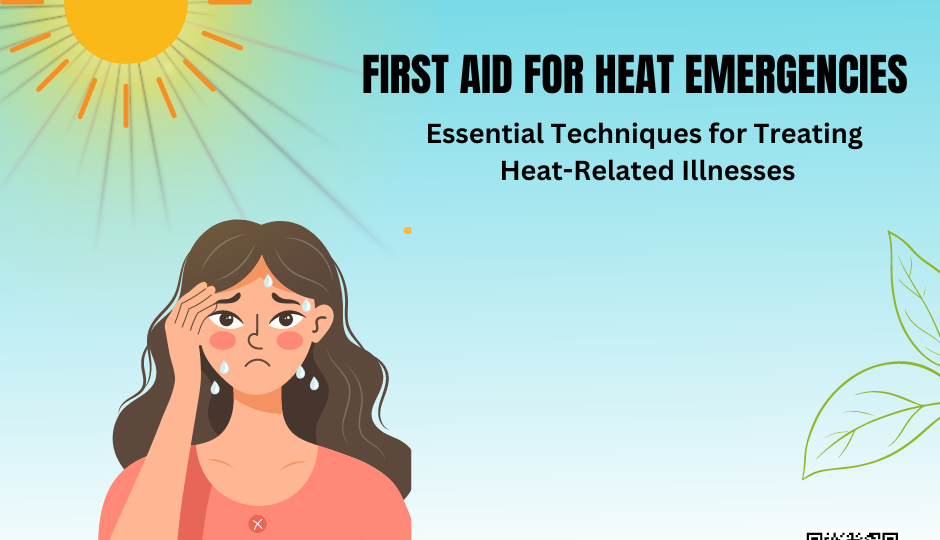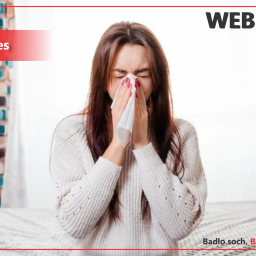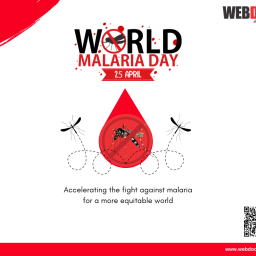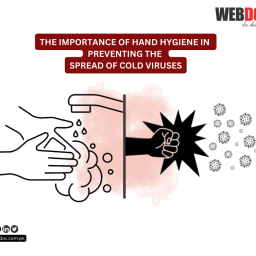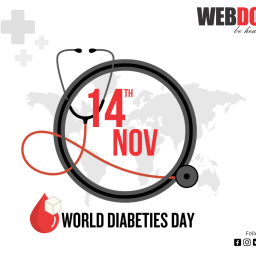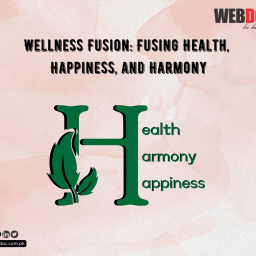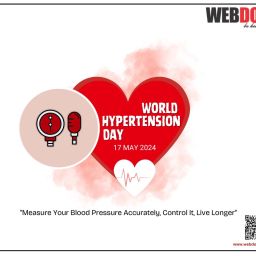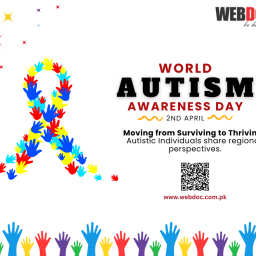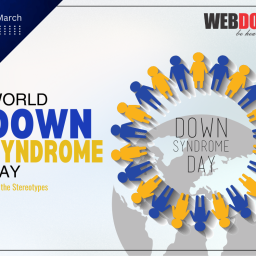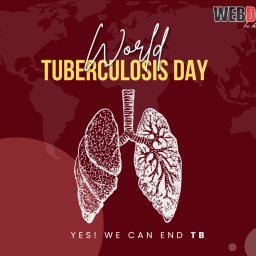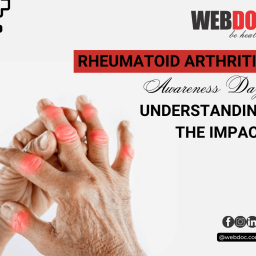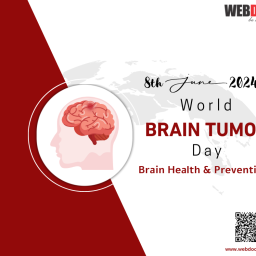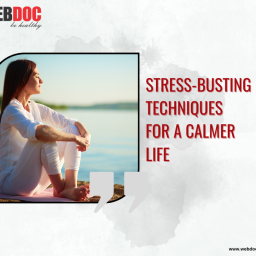Essential Techniques for Treating Heat-Related Illnesses
Heat-related illnesses, ranging from mild heat cramps to severe heat stroke, pose significant health risks, especially during hot weather or intense physical activity. Understanding and effectively applying first aid for these conditions can be life-saving. This article delves into essential first aid techniques for treating heat-related illnesses, providing a comprehensive guide to recognizing symptoms and administering proper care.
Understanding Heat-Related Illnesses
Heat-related illnesses occur when the body’s temperature regulation fails due to prolonged exposure to high temperatures, excessive physical exertion, or inadequate fluid intake. The primary types of heat-related illnesses are:
- Heat Cramps: Painful muscle cramps, usually in the legs or abdomen, due to excessive loss of fluids and electrolytes.
- Heat Exhaustion: More severe than heat cramps, characterized by heavy sweating, weakness, dizziness, nausea, and fainting.
- Heat Stroke: A life-threatening condition where the body temperature rises above 104°F (40°C), leading to confusion, loss of consciousness, and potential organ damage.
Recognizing Symptoms
Identifying the symptoms early is crucial in managing heat-related illnesses effectively.
Heat Cramps:
- Painful, involuntary muscle spasms
- Usually occur during or after intense exercise
- Often affect legs, arms, or abdomen
Heat Exhaustion:
- Heavy sweating
- Weakness or fatigue
- Dizziness or fainting
- Nausea or vomiting
- Headache
- Cool, moist skin
- Rapid, weak pulse
Heat Stroke:
- High body temperature (104°F or higher)
- Hot, dry skin (sweating may be absent)
- Rapid, strong pulse
- Throbbing headache
- Dizziness or light-headedness
- Confusion, irritability, or disorientation
- Loss of consciousness
- Seizures
First Aid for Heat Cramps
- Move to a Cooler Place: If possible, move the affected person to a cooler environment, preferably an air-conditioned room or a shaded area.
- Rest and Hydrate: Encourage the person to rest and drink cool fluids, preferably water or a sports drink containing electrolytes.
- Gently Stretch and Massage: Lightly stretch and massage the affected muscles to relieve the cramps.
- Avoid Physical Activity: Advise the person to avoid strenuous activities for several hours after the cramps subside.
First Aid for Heat Exhaustion
- Move to a Cooler Place: Similar to heat cramps, moving the person to a cooler environment is essential.
- Lay Down and Elevate Legs: Have the person lie down and elevate their legs to improve blood circulation.
- Loosen Clothing: Remove or loosen tight clothing to help the body cool down.
- Cool the Person: Use cool, wet cloths or a sponge to wipe the person down. If available, a cool shower or bath can be beneficial.
- Hydrate: Encourage the person to drink cool fluids. Sports drinks are particularly effective as they help replenish lost electrolytes.
- Monitor Condition: Keep a close watch on the person’s condition. If symptoms worsen or do not improve within 30 minutes, seek medical help.
First Aid for Heat Stroke
Heat stroke is a medical emergency. Immediate action and medical intervention are crucial.
- Call Emergency Services: Dial emergency services immediately if you suspect someone has heat stroke.
- Move to a Cooler Place: As with other heat-related illnesses, move the person to a cooler environment.
- Cool the Person Rapidly: The priority is to lower the body temperature quickly. Methods include:
- Immersion: Immerse the person in a tub of cool water.
- Evaporation Cooling: Apply cool water to the skin and use fans to promote evaporation.
- Ice Packs: Place ice packs on the armpits, groin, neck, and back. These areas are rich in blood vessels close to the skin and can help cool the body quickly.
- Monitor Body Temperature: Use a thermometer if available and aim to reduce body temperature to 101-102°F (38.3-38.9°C).
- Provide Fluids if Conscious: If the person is conscious and able to drink, provide cool fluids. Avoid caffeine or alcohol.
- Do Not Give Medications: Do not administer fever-reducing medications like aspirin or acetaminophen, as they do not address the cause of heat stroke and can complicate the condition.
Preventive Measures
Preventing heat-related illnesses is as important as treating them. Key preventive measures include:
- Stay Hydrated: Drink plenty of fluids, especially water, throughout the day. Avoid excessive caffeine and alcohol, as they can lead to dehydration.
- Wear Appropriate Clothing: Choose lightweight, loose-fitting, and light-colored clothing. A wide-brimmed hat can also help protect from direct sunlight.
- Take Breaks: When engaging in strenuous activity, take regular breaks in shaded or cool areas.
- Avoid Peak Heat: Try to avoid outdoor activities during the hottest parts of the day, typically between 10 a.m. and 4 p.m.
- Acclimatize Gradually: If you’re not used to high temperatures, gradually increase your exposure to avoid shock to the system.
- Use Sunscreen: Sunburn can affect your body’s ability to cool itself and increase the risk of dehydration.
- Monitor Weather Conditions: Pay attention to weather forecasts and heat advisories.
Special Considerations
Vulnerable Populations:
- Elderly: Older adults may not adjust well to sudden temperature changes and are more likely to have chronic conditions that affect temperature regulation.
- Infants and Children: Young children rely on caregivers to ensure they remain hydrated and cool.
- People with Chronic Conditions: Conditions such as heart disease, diabetes, and respiratory illnesses can increase susceptibility to heat-related illnesses.
- Athletes and Outdoor Workers: Those who exert themselves physically in hot conditions need to take extra precautions to stay cool and hydrated.
Environmental Factors:
- Urban Heat Islands: Cities tend to be hotter due to concrete and asphalt absorbing heat, which can exacerbate heat-related illnesses.
- High Humidity: Humid conditions impede sweat evaporation, making it harder for the body to cool down.
Conclusion
Heat-related illnesses can range from uncomfortable to life-threatening, but they are largely preventable and manageable with proper first aid knowledge. Recognizing the symptoms early and applying appropriate first aid techniques can make a significant difference in outcomes. As we face increasingly hot temperatures, staying informed and prepared is vital to protect ourselves and those around us from the dangers of heat-related illnesses. Always prioritize safety, stay hydrated, and be vigilant during hot weather conditions to ensure a healthy, enjoyable summer.


